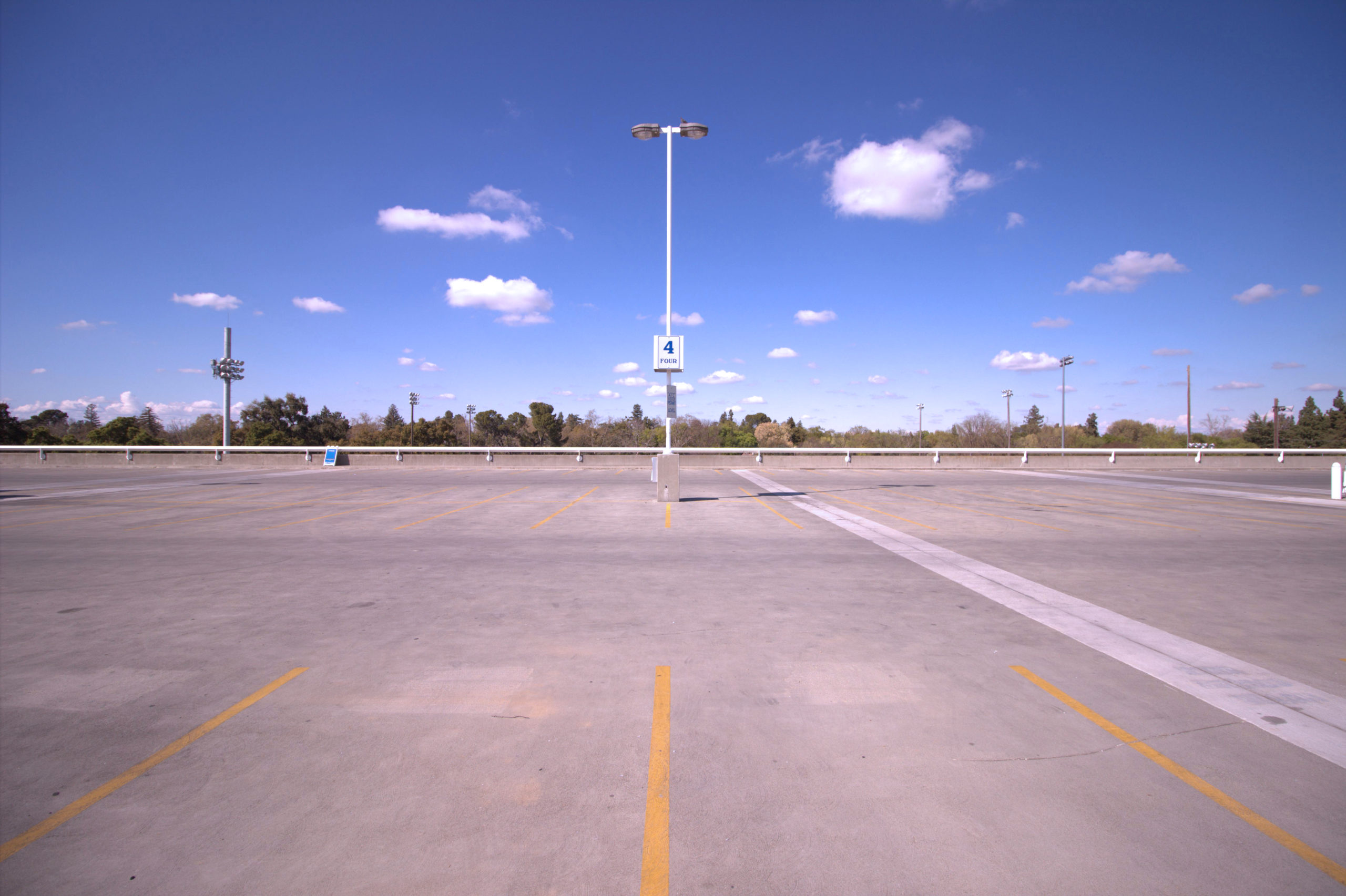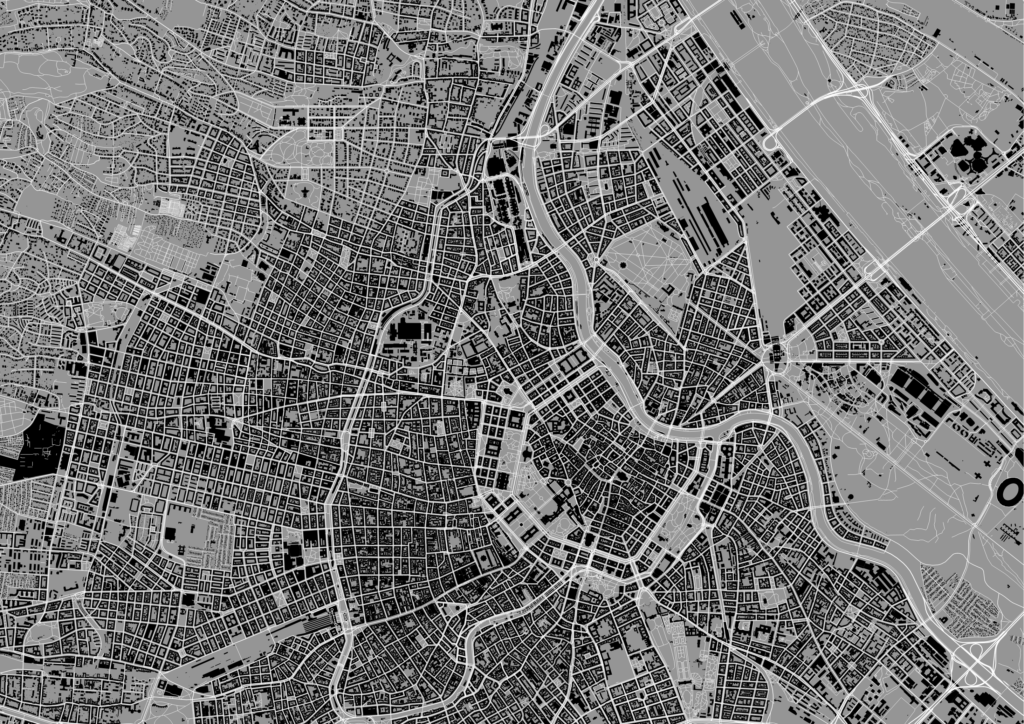On Pause in the Golden State

Emily Schlickman reports on how the lockdown is having an impact on urban life in Davis, California.
Billboard
Skyscrapper
Halfpage
Coronavirus is spreading rapidly across the world. For humans, this means: standstill, pause, so that the spread is slowed down. The crisis is currently changing our lives to an extent that we have never experienced before. Emily Schlickman, assistant professor of landscape architecture and environmental design at the University of California, Davis reports on how the lockdown and the stay-at-home-orders are having an impact on urban life in Davis, California. The Golden State is on pause.
On March 17th seven million people were ordered to shelter-in-place in the state of California.
On March 18th that number tripled to 21 million.
On March 19th it became 40 million.
Today, every resident of California is required to stay at home indefinitely, as there is no official termination date for the order. Exceptions to the mandate include residents working in “critical infrastructure sectors”, as defined by the U.S. Department of Homeland Security, and residents embarking on “essential” errands like grocery shopping, caring for a loved one, or accessing healthcare. Residents can still go outside, but must stay at least six feet away from others.
Do we know how wide this hurricane really is?
This tactic, one of the strongest in the United States, is a last ditch effort to flatten the curve in a state where COVID-19 has been projected to potentially infect 56% of residents over the course of just eight weeks. Many have compared this anxious waiting period to the brace of an impending hurricane, but perhaps this analogy isn’t quite right. Do we know how wide this hurricane really is? Do we know its average wind speed? Do we know where the “eye” is? Or if an “eye” even exists? For the most part, this is an invisible storm and it has already made landfall, lurking in our communities far longer than we even know.
So what are the urban implications of this pandemic pause? Here, in Davis, California, a college town located between San Francisco and Sacramento, real-time data to help answer this question is hard to come by. But we do have a few clues.
Physically on pause
En route to a pharmacy a few days ago, I snapped some photos of the city as it was bracing for the unknown. The images that came from this exercise are only remarkable in what is missing from their frames: social life. The city had not only metaphorically and legally paused, it had paused physically. This is what I observed.
Buses that typically carry over 50 passengers per hour, had only one or two riders. Downtown parking lots that are often at capacity, were more than 75% vacant. Bike counters were registering just 25% of a typical daily tally, bike racks were empty, and shared bikes had completely disappeared (I found out later that they had been pulled from the streets for fear of contributing to the spread). I saw just one Uber, which, after a quick check on my phone, was one of two car-share vehicles in the city. About 70% of the downtown businesses had closed their doors. The rest had turned over their furniture to deter people from lingering. In the pharmacy, many of the shelves were empty. All antibacterial soap, hand sanitizer and toilet paper were out of stock.
Davis, like many other communities across California, is unaware of what the next few days, weeks, or months might bring. In the meantime, we will remain on pause.
Seven months later … still on pause
The COVID-19 pandemic has spread rapidly across California. Experts say the true number of people infected is unknown and likely much higher than official tallies. Currently, the number of infected persons is 919,930, almost one million.
After a fitful start, California has increased coronavirus testing in the state. Over the last week, an average of 133,997 tests have been conducted each day. (Source: Los Angeles Times)
There is still no normal situation as before the pandemic in sight. The number of daily new infections is still very high. At the same time, pressure on the government is increasing due to the precarious economic situation of restaurants and cultural sites.
The Department of Public Health is working with the restaurant industry to develop health and safety guidelines for the reopening. California has established color-coded tiers for reopening. San Francisco is now in the red zone, the second most-restricted tier, indicating transmission of the virus is substantial. City officials said restaurants can reopen for indoor dining when cities move into the less-restrictive orange tier. (Source: Los Angeles Times)


















